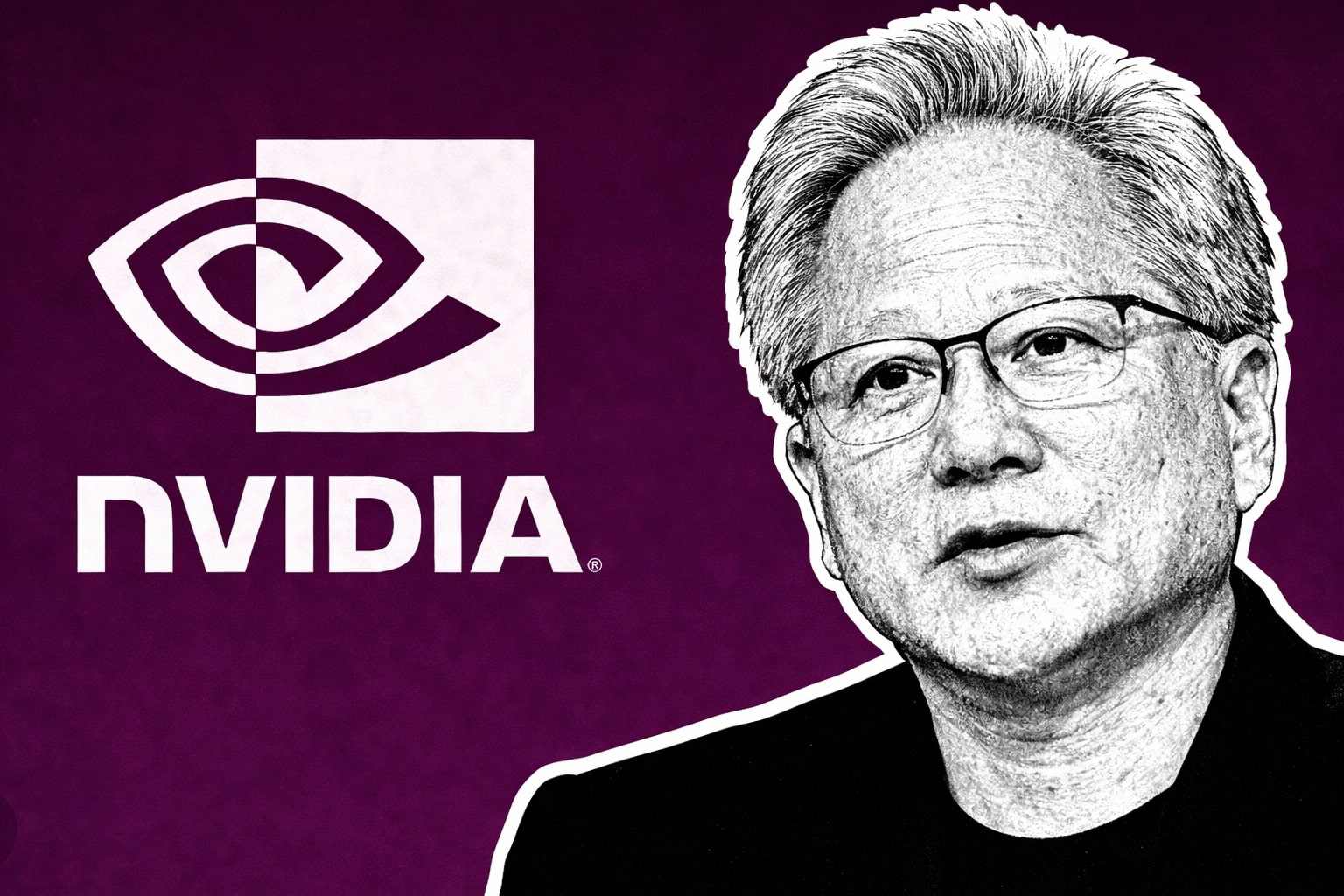
Walmart Stock Price (NYSE:WMT) Near $105.94 as AI Growth and $11B Shrink Risk Collide
Walmart’s $693B revenue, 25% e-commerce surge, and AI agent “Sparky” drive optimism, while insider sales and $11B shrink weigh on margins. Analyst range: $98–$125 | That's TradingNEWS
NYSE:WMT Trades Near $105.94 as Investors Balance Growth and Margin Risks
Walmart Inc. (NYSE:WMT) is trading close to an all-time high at $105.94, with market capitalization surpassing $824 billion. The company’s revenues over the trailing twelve months reached $693.15 billion, growing 4.2% year-over-year, while net income climbed to $21.34 billion, producing diluted EPS of $2.65. Q2 performance was solid, with net sales up more than 5%, but the driver was heavily skewed toward grocery and e-commerce. Discretionary segments such as apparel, home, and electronics remain stagnant, showing where Walmart’s business is both resilient and exposed. E-commerce surged 25%, reaffirming that Walmart captures the ongoing consumer trade-down. Yet, margins tell another story — shrinkage now consumes 1.6% of sales, equal to almost $11 billion annually, nearly wiping out the company’s free cash flow. This structural problem has begun to offset efficiency gains, making it one of Walmart’s biggest profitability headwinds.
Rising Labor Costs and Mixed Input Relief Shape COGS
Walmart employs 1.6 million people in the United States, and wages continue to climb at nearly 4% year-over-year. Each percentage point of wage growth adds $700 million in costs annually, close to 10% of quarterly EBIT. That scale of expense increase constrains operating leverage even as top-line growth holds up. On the flip side, diesel prices, though up 15% year-to-date, are still down 12% versus last year, and ocean freight rates have collapsed by nearly 80% from their peak, saving Walmart about $170 million each quarter. The result is a mixed picture: wage inflation drains earnings while transportation cost relief keeps COGS from spiraling. These competing forces lock Walmart’s operating margin into a narrow band, making the battle against shrink even more critical for profitability.
Automation and AI Drive Long-Term Value Creation
Walmart has committed billions in capital expenditures to automation, with 55% of U.S. e-commerce orders already handled by automated distribution centers. This reduces near-term free cash flow yield to just 2%, far below levels typically expected from a defensive giant, but the investment is designed to expand margins over time. Bank of America analysts recently raised their price target to $125, highlighting the upside tied to Walmart’s AI push. The company’s digital agent, “Sparky”, is testing advanced “agentic” AI commerce, drawing on a dataset of 180 million customers. The potential integration of retail media, Walmart+, and third-party marketplace operations could allow these verticals to expand from 5% of sales today to 10% by 2026, creating higher-margin streams to complement low-margin grocery.
Delivery Expansion and Consumer Loyalty Add Competitive Edge
Walmart has reshaped the U.S. delivery landscape. Its network now reaches 95% of American households with delivery under three hours, and a quarter of its customers can receive groceries in under 30 minutes. Unlike Amazon (NASDAQ:AMZN), Walmart leverages its 4,600 U.S. stores as fulfillment hubs, cutting delivery costs and preserving freshness. The private-label strategy is also paying dividends, as younger consumers increasingly purchase Walmart’s in-house products. This builds brand loyalty and boosts margins. Internationally, Walmart has rebranded Massmart in South Africa under its own name after years of weak performance, marking a $1.3 billion bet on one of the world’s fastest-growing consumer markets. With African e-commerce growing at 38% annually, Walmart aims to combine physical stores with online sales in a multichannel strategy that has been successful in Mexico and China.
Valuation Anchored by Premium Multiples but Exposed to Tariff Risks
At $104.97 per share, Walmart trades at a forward P/E of 39x and EV/EBITDA of nearly 20x, substantially above the retail sector’s historical average of 13–15x. This premium reflects Walmart’s defensive nature, beta of 0.65, and growing exposure to high-margin advertising and membership revenues. Options data shows heavy open interest at $91 puts and $105 calls, defining a range between $90 and $110 into year-end. Tariff risks loom over that valuation: two-thirds of U.S. sales come from domestically sourced goods, but the other third faces average import tariffs of 20.3%. Management has warned that passing these costs to consumers could weaken volumes and test price elasticity, particularly in a high-credit environment where delinquencies are already surging.
Insider Transactions Signal Caution Amidst Record Highs
Insider trading activity reveals more selling than buying. On September 15, 2025, EVP Daniel Bartlett sold 1,610 shares at $103.71, reducing his holdings to 645,968 shares. Earlier this year, CTO Suresh Kumar sold $3.1 million worth of shares, and over the last 12 months, Walmart insiders have executed 70 sales versus only 1 purchase. This tilt suggests caution at current valuations. Full insider activity can be reviewed here. Even with this selling, institutional sentiment remains constructive: Walmart’s stock has gained 17% year-to-date and 27% in the last year, outpacing the S&P 500’s 15% gain. The market still values Walmart’s defensive strength, but the insider activity adds a layer of concern at peak valuations.
Read More
-
PYPL Stock Price Forecast - PYPL at $59.91; Is It a Bargain or Value Trap?
18.12.2025 · TradingNEWS ArchiveStocks
-
XRP Price Forecast: XRP-USD Slides Below $2 as Sellers Target the $1.80–$1.90 Zone
18.12.2025 · TradingNEWS ArchiveCrypto
-
Oil Price Forecast - Oil Stalled Near $56–$60 as Venezuela Blockade Clashes With Oversupply Outlook
18.12.2025 · TradingNEWS ArchiveCommodities
-
Stock Market Today: Nasdaq, S&P 500 And Dow Jump As CPI Cools And MU Stock Rockets
18.12.2025 · TradingNEWS ArchiveMarkets
-
GBP/USD Price Forecast - Pound Holds 1.34 as BoE’s 3.75% Rate and Weak US CPI Pressure the Dollar
18.12.2025 · TradingNEWS ArchiveForex
Technical Levels Confirm a Trading Range Between $90 and $110
Since September 2024, Walmart has been trapped in a $90–$100 range, with repeated rejections around $105–$106. The 200-week moving average underpins its long-term uptrend dating back to 2015, suggesting structural support. Options data reinforces the idea of continued range-bound trading, with 9,000 contracts at the $91 strike and 5,000 at the $105 strike for October–November expirations. A breakout above $110 would represent a technical confirmation of renewed upside momentum, potentially validating the $125 analyst target, while dips below $90 could provide strong long-term entry opportunities near conservative fair value estimates of $98 per share.
Outlook for NYSE:WMT Balances AI Upside and Consumer Risks
Walmart’s near-record valuation rests on its ability to scale AI-driven retail media, sustain grocery dominance, and contain shrinkage. Consumer risks remain visible, with credit card delinquencies hitting post-2011 highs and tariffs testing elasticity. Analysts remain split: targets range from $98 to $125, with institutions willing to pay a premium for its resilience in an uncertain macro backdrop. Based on the data, NYSE:WMT is best rated as Hold at $104.97, with a Buy zone below $90 and upside to $125 if AI, automation, and retail media accelerate faster than expected.


















